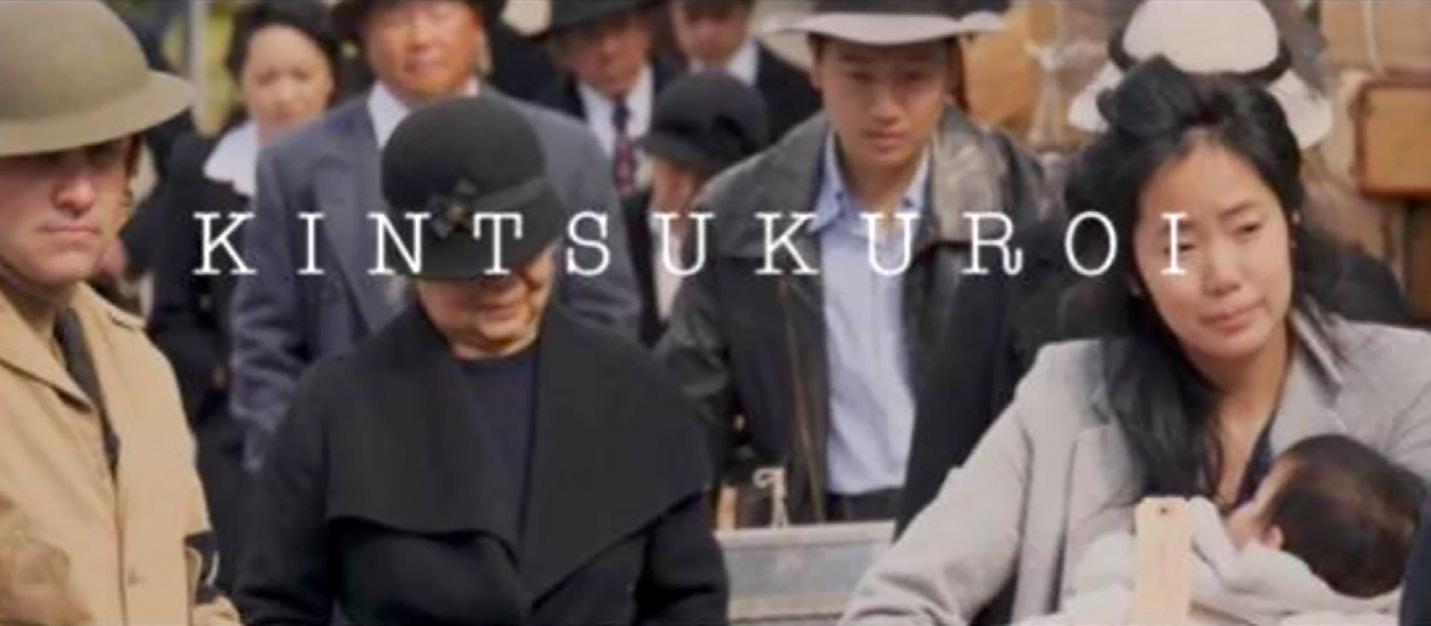
3 minute read
JACL presents their Day of Remembrance with a viewing of the film “Kintsukuroi"

March 25, 2025
Contact: Steve Sue (209) 329-0661
e-mail at: Stevesue363@gmail.com
[Stockton, CA] May 3rd, The Stockton Chapter of the Japanese American Citizens League presents their Day of Remembrance with a viewing of the film “Kintsukuroi” at the Buddhist Church of Stockton 2820 Shimizu Drive, Stockton California at 1PM.
The film, written and directed by Kerwin Berk, Kintsukuroi is the Japanese art of repairing ceramics using lacquer and gold, creating a certain strength and beauty to each piece. The title is used as a metaphor for the Japanese American experience in this feature film. The story follows the Ito family from pre-war San Francisco to the concentration camps of the American West to the battlefields of Europe. who along with 120,000 other Japanese Americans forced to endure internment by Order 9066 signed by President Roosevelt during World War Two. From life in the concentration camp to the battlefields of Europe. The story is told from the view of the characters. We see their struggles, heartbreak, triumphs and resilience through an experience that must not be forgotten.

There will be a Q & A session following the film with the director Mr. Berk and some of the cast members. A candle lighting ceremony will end the presentation.
Tickets are $10.00 with proceeds to help cover production costs. They are available by phone by calling: (209) 541-9118 or, they can be purchased at the door. Refreshments will be offered including popcorn for the movie. The Day of Remembrance is an important day for the Japanese American Community. For it was this day on February 19, 1942 that President Franklin D. Roosevelt signed Executive Order 9066, which gave the U.S. Army the authority to remove civilians from the military zones established in Washington, Oregon, and California during WWII.
As we observe this 84th anniversary we must remember the results of this order. It led to the forced removal and incarceration of some 120,000 Americans of Japanese ancestry living on the West Coast, who had to abandon their jobs, their homes, and their lives to be sent to one of ten concentration camps scattered in desolate, remote regions of the country.
There was fear of potential internal damage or attack. But the truth was that no Japanese Americans were ever charged, or convicted, of espionage or sabotage against the United States. Yet they were targeted, rounded up, and imprisoned for years, simply for having the “face of the enemy.”
The Japanese American community remembers Executive Order 9066. It is a reminder of the impact the incarceration experience has had on our families, our community, and our country.










